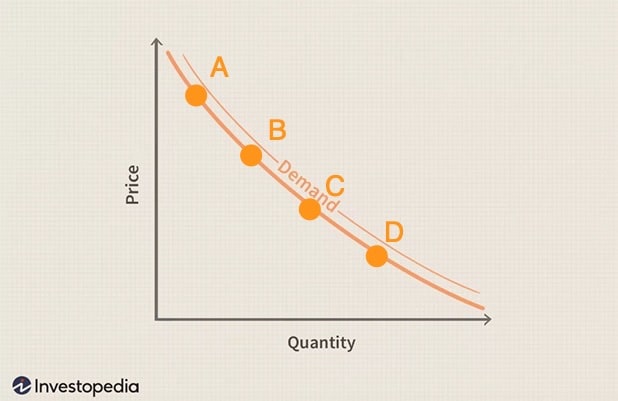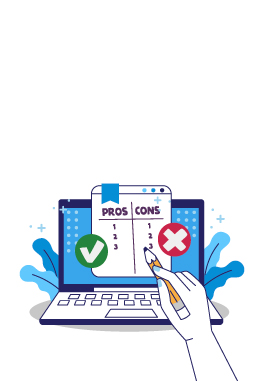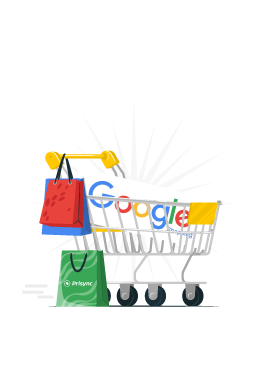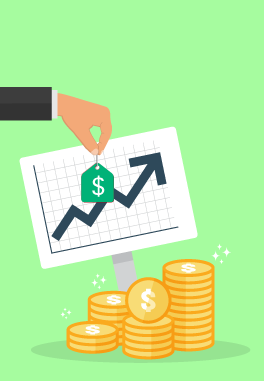Price is the amount of money given in return for a product or service.
In some cases, it refers to the amount requested by a seller in exchange for the product/service she/he offers. Selling price is another term referring to the requested amount.
Whereas transaction price refers to the actual amount of money paid for a product/service.
Price is often confused with price point, a term referring to points on a hypothetical demand curve.

A, B, C, and D are points on the curve that generate different levels of demand. In most cases, demand decreases as the price goes up (from D to A). How the demand for a product is affected by a change in its price is called price elasticity of demand.
To understand the dynamics between price, demand, and value, see value-based pricing.
Why do ecommerce businesses need to track competitors’ prices?
Most online stores share a large portion of their product assortment with competitors. In other words, they sell the same products.
Consumers make purchasing decisions based on an evaluation of factors such as how good the deal is, delivery speed, convenience, shopping experience, etc. And 87% of shoppers say knowing they got a good deal is important when choosing a brand or store, a Google Study found.
The fact that online prices are transparent urges online sellers to offer attractive deals. Without knowing what competitors charge for what you sell, you can’t even know that you’re in the competition.
Three common ways to track your competitors
If you’ve got limited number of products—not more than 50—you can manually go to your competitors’ website and collect data and set up a spreadsheet on Google Docs in slightly over 6 hours. Assuming you have about 10 competitors.
If you have a larger assortment, there are two ways to go: having an engine of your own or using software.
Now, this is where you have to set your expectations straight—considering your resources.
Software is affordable, very easy to set up and use. An in-house software is neither cheap nor easy to build and maintain—but you can customize it exactly how you want, according to your needs.
Price intelligence is vital
This way or another, gather pricing intelligence.
It’ll help you improve your business’s profitability drastically within months.
pricing terminology


Leave a Reply